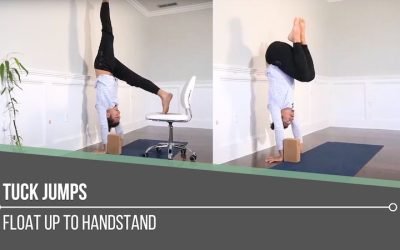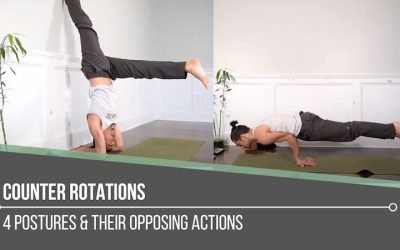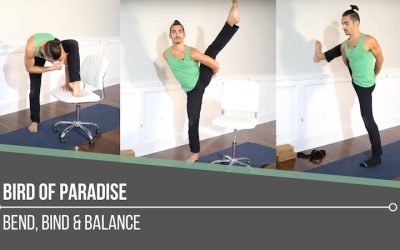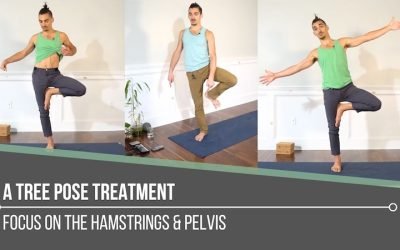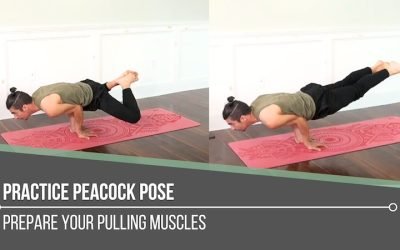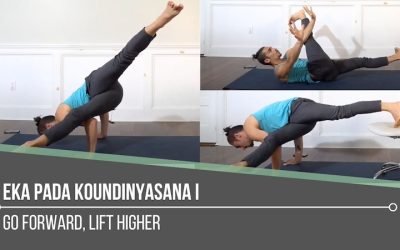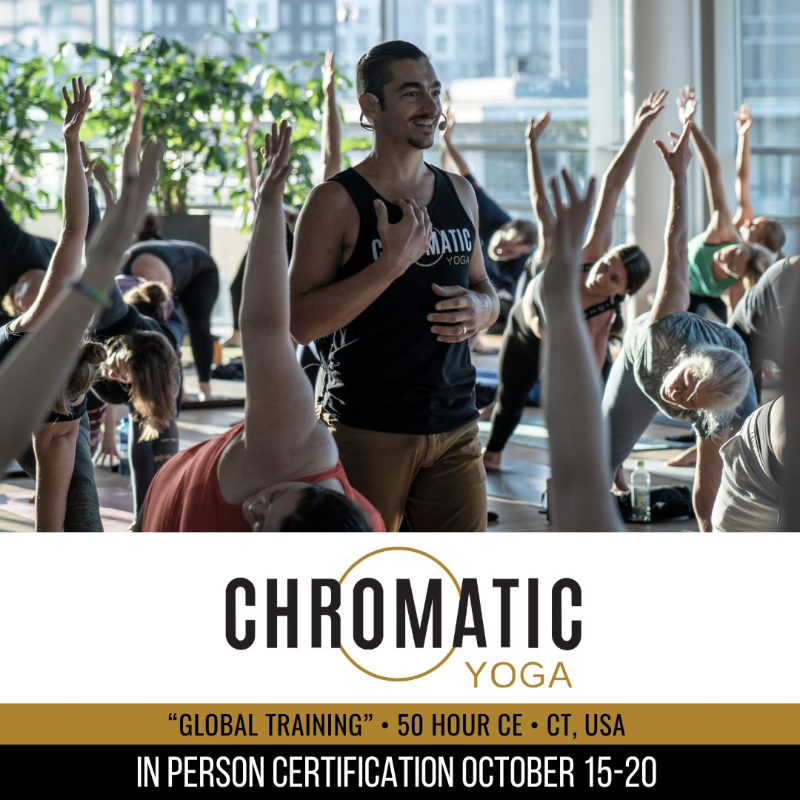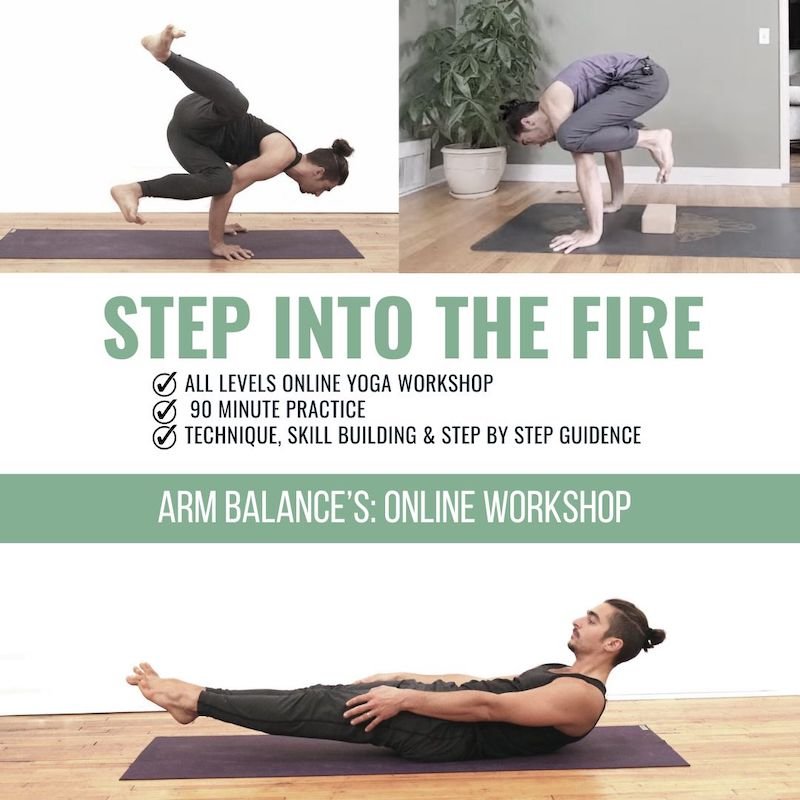Tuck JumpsHandstandTUCK JUMPS Without a doubt, tuck jumps are a confidence booster when it comes to preparing for handstands. When we go through the course of preparation, it’s not the first step, but it’s definitely a way of identifying where strength and...
Tuck Jumps
Tuck Jumps
Handstand
TUCK JUMPS
Without a doubt, tuck jumps are a confidence booster when it comes to preparing for handstands. When we go through the course of preparation, it’s not the first step, but it’s definitely a way of identifying where strength and proprioception require attention.
By performing tuck jumps, we build strength and bring awareness to how we utilize our glutes, hamstrings, hip flexors, and shoulders, which are essential for supporting our body weight when inverted. More than this, we learn the articulations of the body in places like the pelvis, rib cage, and shoulders in order to find the best alignment to support ourselves while inverted.
In today’s video, Matt demonstrates drills that move us towards finding confidence in our handstand development. Ultimately we are left with increased strength and balance.
ITALY RETREAT
REGISTRATION NOW OPEN
- Spa & Yoga Retreat
- Close to the Coast Line and Beaches
- 2 Spa Days Included (Sauna, Hot Tub, Turkish Bath)
- Morning and Early Evening Yoga with Matt
- Day Time Free to Take Adventures or Enjoy Ayurvedic Massage and Treatments
- Connect with Incredible Yogis from Around the World!
- ALL LEVELS and All Ages 18-85 Appropriate
- Skillfully Guided Experience: Yoga, Meditation, Breathwork
- Bio-Mechanics & Inspirational Philosophy
- Welcoming and Communal Group of Yogis!
HANDSTAND PREPARATION POSITIONS
Handstand Preparation I
With the support of a chair, one of the things this stage of preparation for tuck jumps and handstands works on is hip flexor activation. Matt demonstrates that we do this by focusing on pressing both feet down into the chair. It’s also essential because it’s always part of the set up for the drills that follow.
Handstand Preparation II
This time, we bring one leg straight up in the air and reach it back, while still pressing the other leg towards the ground (or into the chair). As we learn forward with the torso and press the top leg back, this helps to utilize strength in the glutes and hamstrings.
Handstand Preparation III
Now we start to see more evidence of the tuck position. Here we alternate the legs by going from a tuck position to a lengthened position.
WATCH THE VIDEO
TUCK JUMPS: FLOAT UP TO HANDSTAND
STATIC PELVIC ALIGNMENT
In this stage of preparation for tuck jumps, we pass through Handstand preparations I & II. Setting up the pelvis is crucial for achieving the proper alignment necessary for successful jumps. Matt creates a posterior pelvic tilt, which helps stabilize the lower back and engage the core effectively. Matt is careful to squeeze his knees together, creating a unified strength in the lower body. This alignment not only enhances balance but also facilitates a smoother transition into the jump when we’re ready to explore. Additionally, Matt actively stretches his shoulders up to his ears, being careful to keep the arms active and straight. This engagement ensures that his arms are strong and ready to support the weight of the body during the handstand. By focusing on these key elements, he sets a solid foundation for mastering the tuck jump and progressing towards the handstand.
200 HOUR ONLINE TEACHER TRAINING
GET CERTIFIED & DEEPEN YOUR YOGA PRACTICE
- Deepen your yoga practice
- Build confidence speaking in front of groups in person and online
- Learn foundational class structures and templates
- Learn techniques for a wide range of yoga postures
- Get certified and highly qualified to teach yoga
- Yoga Alliance Globally Recognized Certification Program
JUMP & LAND
Even when we begin to explore Tuck Jumps, there are still stages that help us to ease in.
First, we start in an “L – Hop” and then take both feet to a wall behind us with the knees bent. Staying in that position while working towards stacking the ribcage, hips, and shoulders serve to create the foundation for us to now proceed with exploration of the “jump”.
At this next stage, Matt continues to utilize a block at the wrist and forearms in order to maintain the vertical position. He reminds us then when we implement the jump, it’s common for us to lean back instead of leaning forward.
If you’ve practiced handstands with Matt before, then you’ll know that the “lean, grip, push” elements are consistently the basis for handstands therefore, also applying to tuck jumps.
300 HOUR ONLINE TEACHER TRAINING
GET 500 HOUR CERTIFIED AS A MASTER TEACHER
Master your skill set as a teacher through refined techniques, anatomy, biomechanics, sequencing, philosophy, meditation techniques, theming, yoga business, and much more!
- Get 500 hour certified
- Learn anatomy, biomechanics, asana techniques
- Expand your teaching skills
- Masterful sequencing and verbal delivery
- Learn meditation and breathwork techniques
- Transformative tools: theming, dharma talks, satsang
PREPARE THE FLOAT
As we go through the preparations, we learn that without the static holds, and practice of control, we would never find the “float” or “hang time” in our tuck jumps and of course ultimately handstand.
The stronger and more stable we are, the lighter we will feel. Yes, there is a tremendous amount of effort to build the necessary strength, but the reward is ease when our bodies are prepared. Preparation is the path to execution.
Matt’s Italy Retreat in April 2025 is now open for registration and spaces are limited. Secure your spot for the ultimate guidance and support of your practice.
The 200 Hr. Teacher Training: Click Here to See the Next Start Date
The 300 Hr. Advanced Teacher Training: Click Here to See the Next Start Date
Article by Trish Curling
Video Extracted From: Mobility Immersion
ONLINE ANATOMY COURSE
- Accessible, exciting, and easy to learn
- Anatomy and biomechanics for yoga
- Appropriate for both teachers and students
- Learn joint alignment vs pose alignment
- Demystify yoga poses and transitions
- Release aches and pains
- Learn how to avoid common injuries
- Caters to all levels with modifications and props
- 20 hours Continued Education Credits with Yoga Alliance
- 20 hours toward Chromatic Yoga Certification and 300 Hour
- Lifetime access
Continue Learning
Tuck Jumps
Counter Rotations
Counter RotationsStabilityCOUNTER ROTATIONS The isolation of specific articulations in a yoga posture can be tricky to implement when we’re still learning how our bodies move. When we begin to explore counter rotations, this layer might feel confusing or even...
Bird Of Paradise
Bird of ParadiseSvarga DvijasanaBIRD OF PARADISE In Bird of Paradise, we’re balancing while binding, which can be quite an undertaking. Preparation for this posture requires shoulder mobility, hip mobility, and a tremendous amount of strength. What we also need to be...
A Tree Pose Treatment
A Tree Pose TreatmentVrksasanaA TREE POSE TREATMENT Tree Pose may appear to be a posture we can just “jump into” because of its “accessibility” from anywhere we might be standing, but it definitely requires more refinement than we might think. A treatment to revive...
Practice Peacock Pose
Practice Peacock PoseMayurasanaPRACTICE PEACOCK POSE We go to our yoga practice for many different reasons at any given time. In our asana practice, we are sometimes seeking softness and ease. At other times, we might be striving for vigour and strength. Peacock Pose...
Eka Pada Koundinyasana I
Eka Pada Koundinyasana IArm BalanceEKA PADA KOUNDINYASANA I If Side Crow is already part of our practice, then Eka Pada Koundinyasana I is like adding on another layer to that posture, because they are quite similar. The added layer is that we extend the top leg...
THE FREE TECHNIQUE PACK
When You Subscribe, You Will Get Instant Access to
- the Technique Pack: 15 yoga pose breakdowns
- exclusive online course discounts
- exclusive blogs and videos





